Pseudoscorpions
Arthropoda -> Chelicerata -> Arachnida -> Pseudoscorpionida
These charismatic Arachnids resemble their true-scorpion relatives, but lack the stinging tail. Pseudoscorpions are fierce (but small) predators, found in a variety of habitats, including soil and decaying plant material. Their pincers (‘pedipalps’) are used to catch and inject an immobilising venom into their prey - unfortunate small invertebrates including springtails, mites and insects, which subsequently get covered in digestive fluid and ingested. If you’re very lucky, you might one day notice a pseudoscorpion clinging to a larger creature with its pedipalps. Don’t worry, it hasn’t been overly ambitious when out hunting - rather, it is cheekily hitchhiking a ride to a new habitat (a scientific term called ‘phoresy’). Over 3,000 species of pseudoscorpion have been described by science so far, with 29 species found in Britain and Ireland to-date. More information, including a species checklist can be found on the British Arachnological Society’s Pseudoscorpion Recorders Group page and on Dr Gerald Legg’s website.
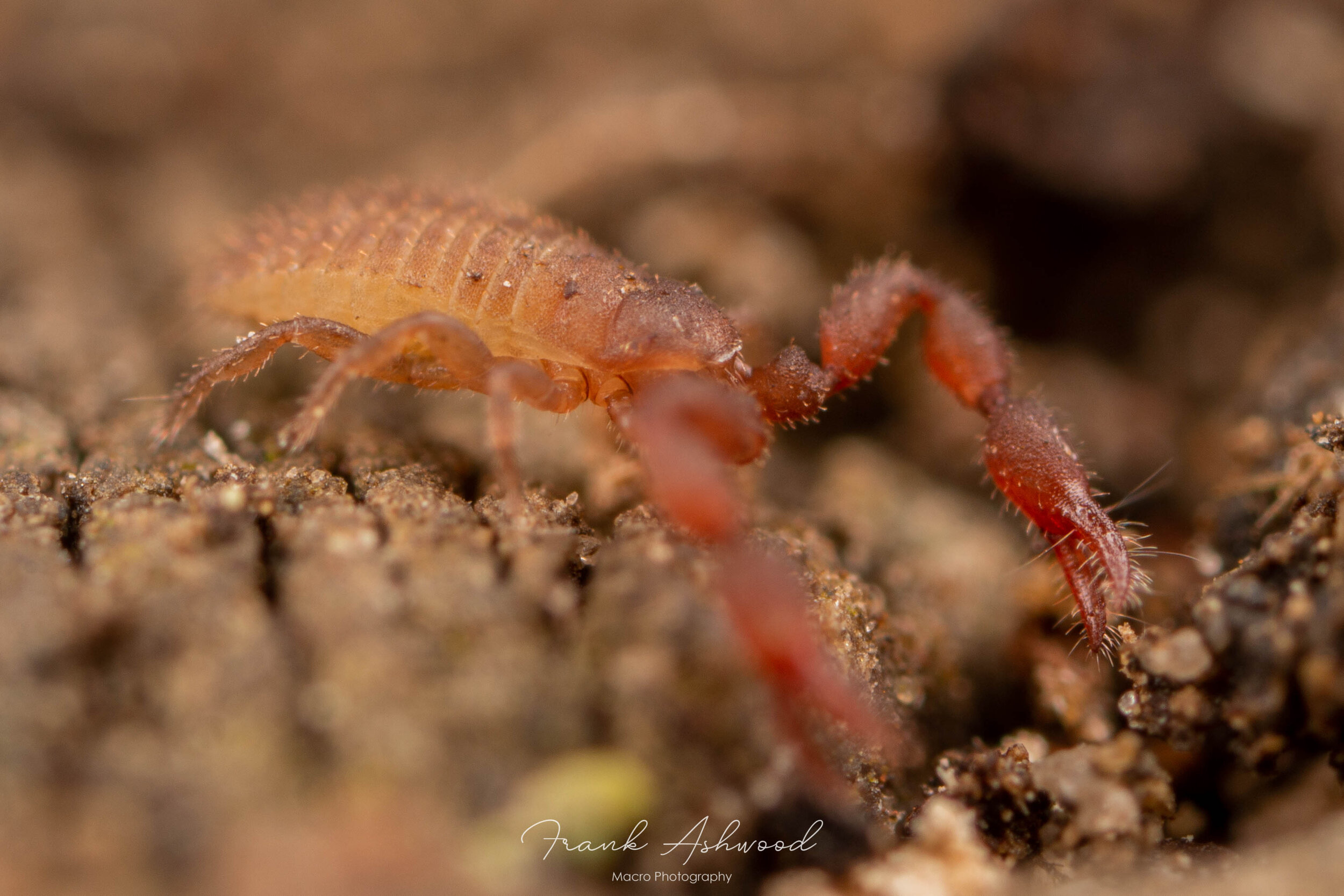
Compost chernes (Pselaphochernes scorpioides)

Common chthonid (Chthonius ischnocheles)
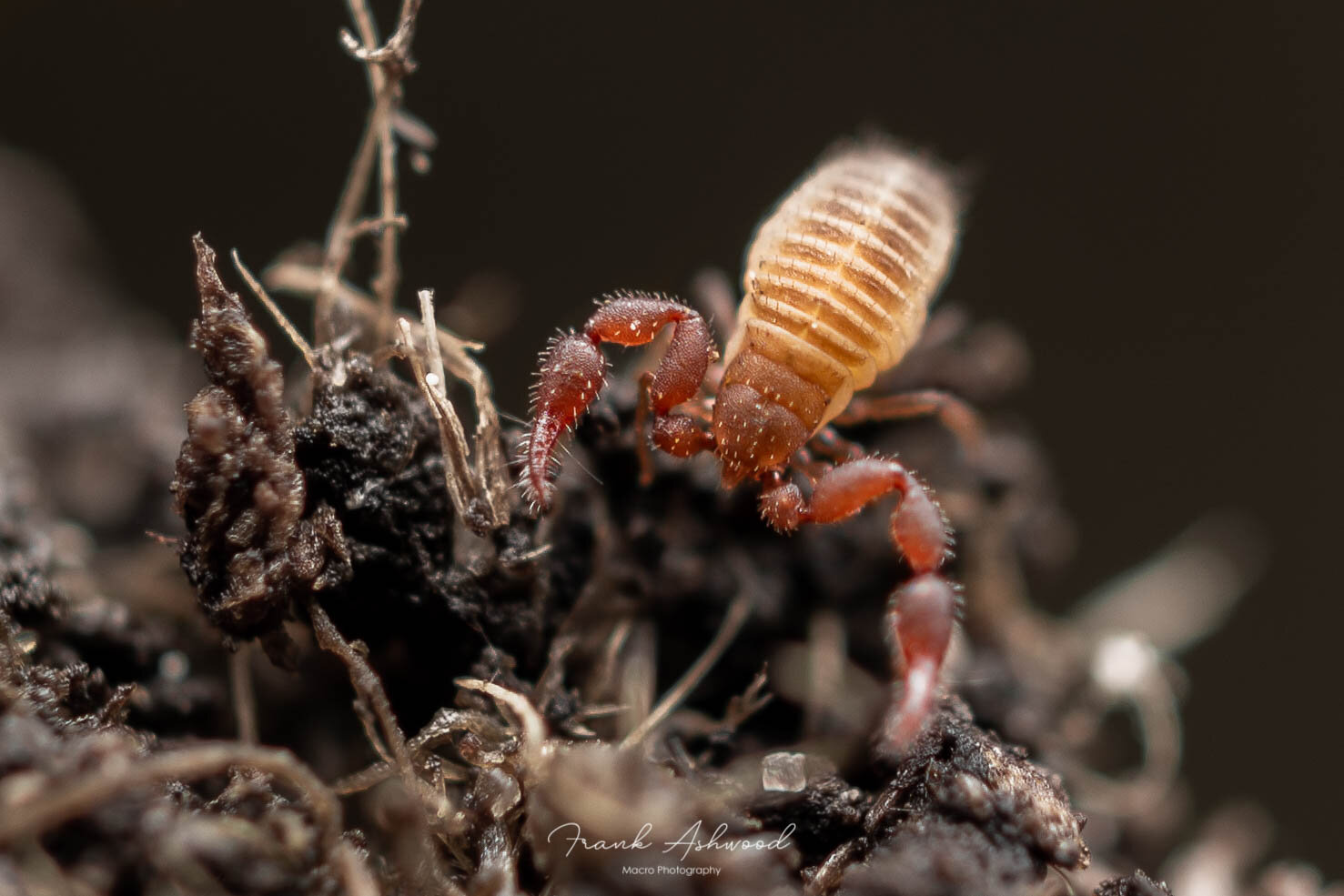
Compost chernes (Pselaphochernes scorpioides)
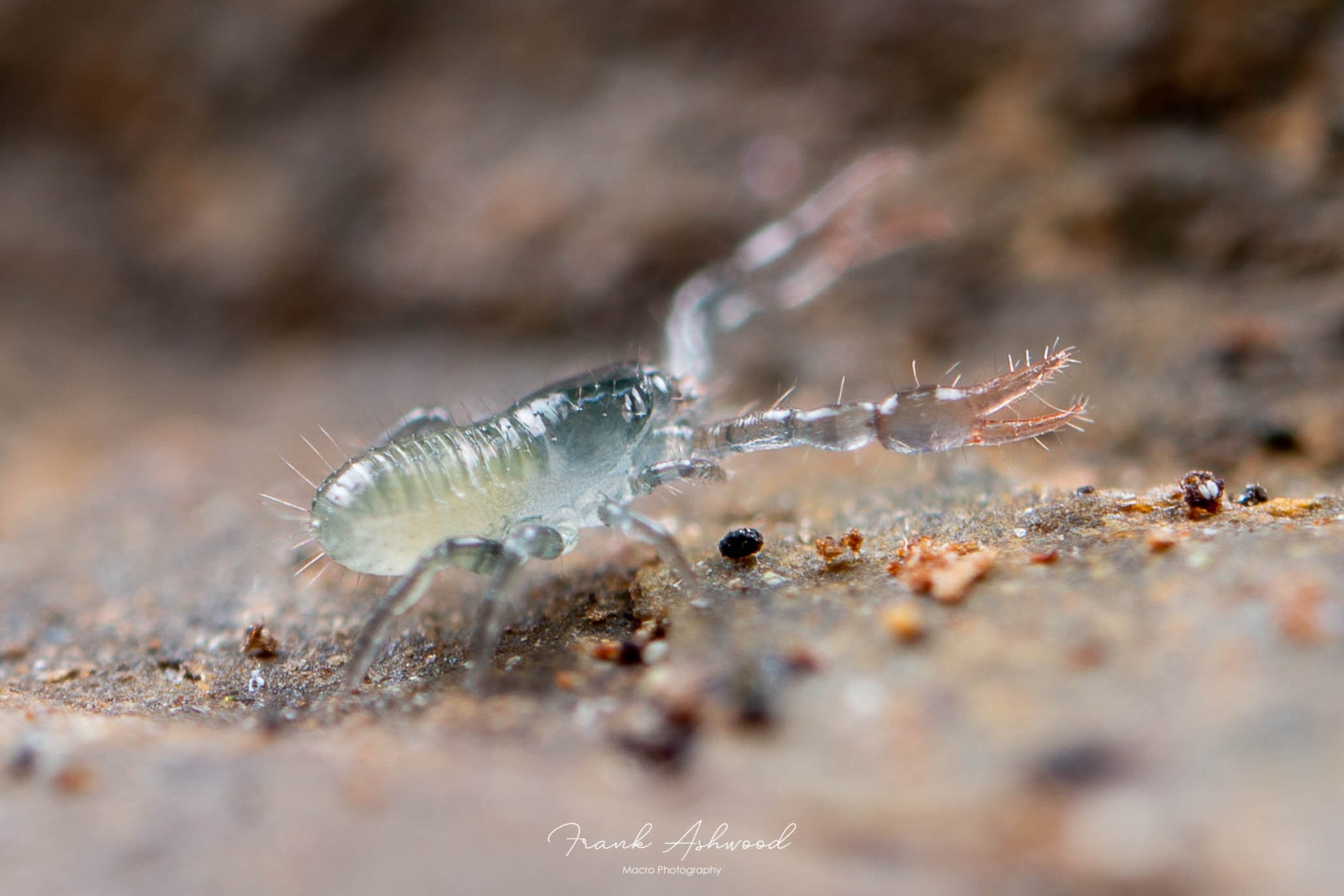

Neobisium carcinoides
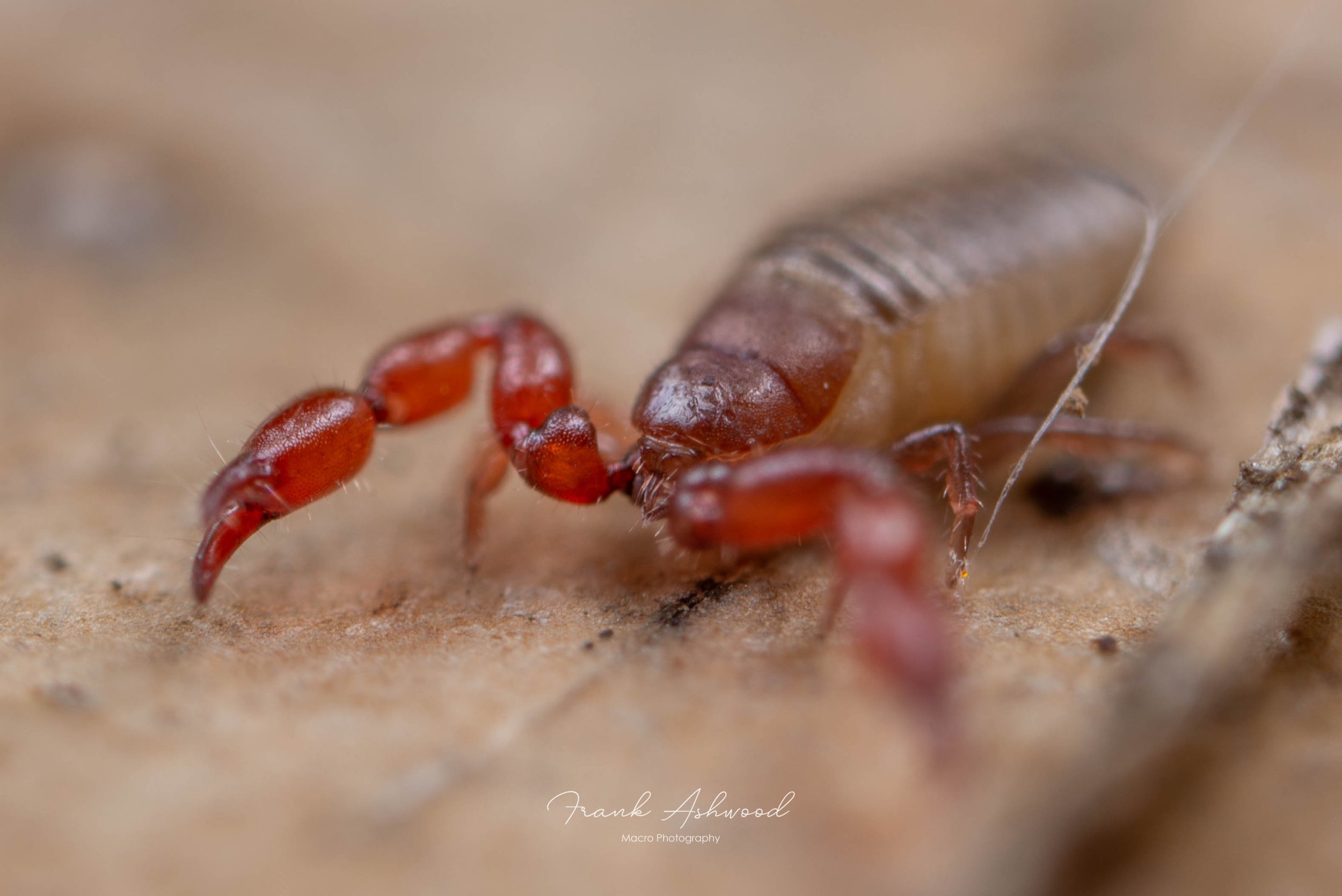
Compost chernes (Pselaphochernes scorpioides)
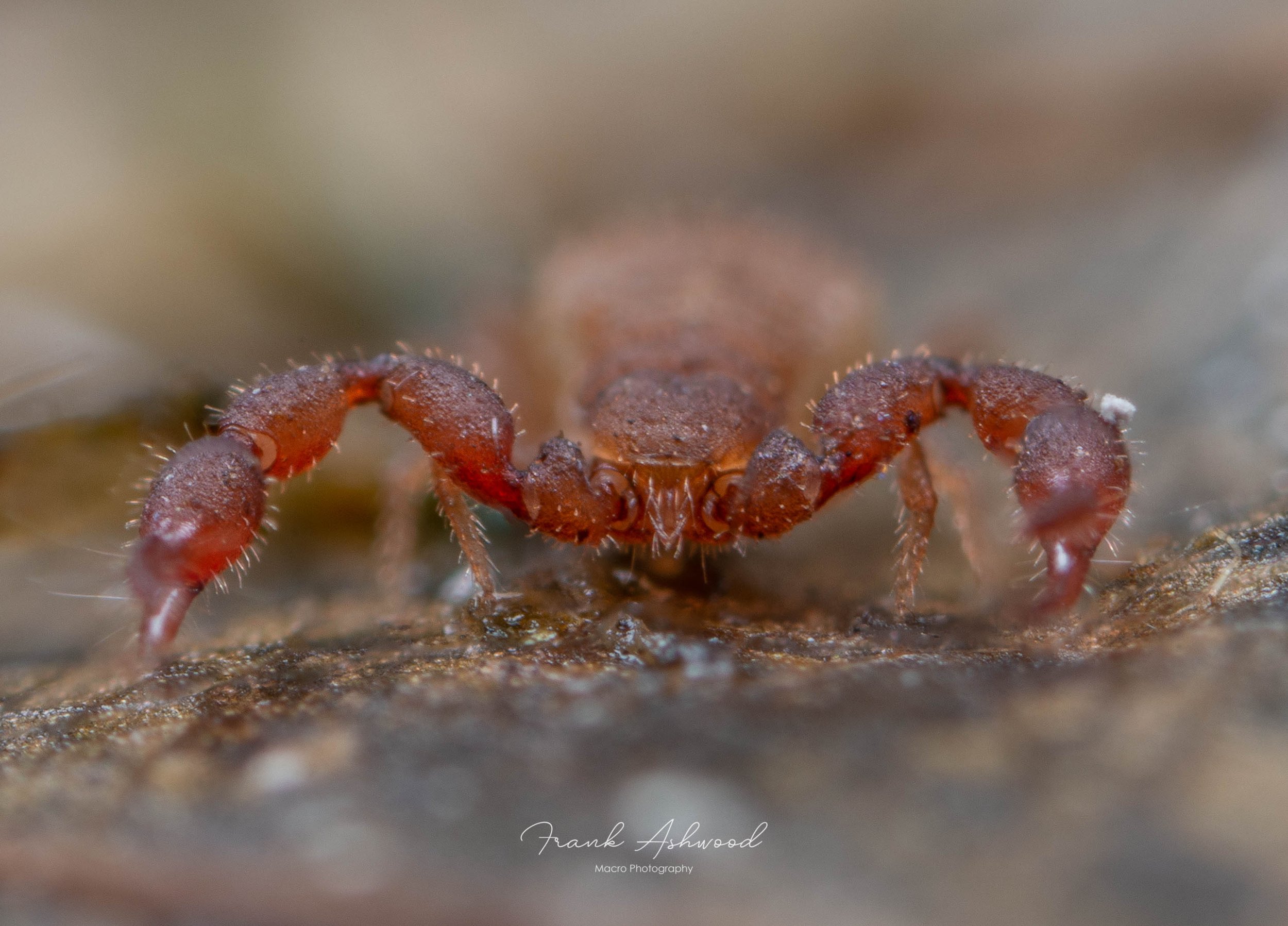
Compost chernes (Pselaphochernes scorpioides)

Compost chernes (Pselaphochernes scorpioides)